What’s In a Name? Challenges and Benefits of the Term “Regenerative”
 Print This Post
Print This Post
By Nina Prater, NCAT Sustainable Agriculture Specialist
Here at ATTRA, we promote the use of sustainable agricultural practices for long-term success. Over the years, though, the terminology around what I just called “sustainable agriculture” has evolved, split, converged, become more nuanced, and maybe has become more complicated and confusing. People describe their farms, practices, and products as sustainable, natural, organic, beyond organic, real organic, permaculture, regenerative, agroecological, climate friendly, carbon neutral… It’s enough to make a farmer’s head spin, let alone the customers trying to make food choices that align with their values.
Regenerative has been touted as the next big thing. It personally resonates with me as a farmer, because to me (and emphasis is needed because there is no widely agreed-upon definition of regenerative) it embodies the idea that with careful farming practices, we can heal degraded land. We can build up soil health, sequester carbon, nurture biodiversity, heal broken water cycles, and raise nourishing food.
However, some are wary of this new term, and I think there is good reason to be wary. In an article in Frontiers in Sustainable Food Systems titled “What Is Regenerative Agriculture? A Review of Scholar and Practitioner Definitions Based on Processes and Outcomes,” the authors point out some potential downsides around this term. They highlight four challenges: “First, absence of clarity around what the term means creates challenges for researchers who seek to study regenerative agriculture, including for those interested in testing claims about its adoption and impacts. Second, this could generate confusion among consumers who may not understand, or who could be misled about, the claims of companies seeking to sell them products labeled or marketed as having been produced using regenerative agriculture (Moon et al., 2017). Third, a poorly defined or poorly understood term could become diluted or corrupted over time, such that it loses value and credibility among a range of actors. Finally, without a widely shared understanding of what regenerative agriculture is, it may be difficult to develop and advocate for laws, policies, and publicly funded research, technical assistance, or conservation incentive programs that promote, support, or evaluate this form of agriculture.”
To sum up, there are challenges for researchers seeking to study and quantify regenerative agriculture and policy advocates who want to promote it. There are challenges for consumers who could get confused or misled. And the term could get watered down over time.
While I agree that these are valid points, I think it’s interesting that the farmer/rancher perspective is not mentioned in this list at all – we are relegated to the background of the discussion. I think it’s also worth noting that the term “organic” has extensive legal and regulatory definitions and it is also subject to similar problems. Many argue that “organic” has been watered down over time, literally, with the addition of hydroponics. (For more on that, listen to the ATTRA podcast Episode 283. The Real Story Behind the Real Organic Project.)
Ultimately, I think there is a time for debate and a time to act. Farmers already know enough to act. The ATTRA website is overflowing with information to help farmers grow food and fiber sustainably, regeneratively, organically, holistically, agroecologically… call it what you will. If you follow soil health principles in a holistic, context-appropriate way, you will start rebuilding the health of the landscape one field at a time. I know words matter, and finding the right ones will only help consumers, policymakers, researchers, AND producers, but I hope the debate won’t stop farmers and ranchers from taking immediate action to improve their land. I hope folks can find the adjectives that suit them and are clear to their customers, and then get back to the hard work of embodying those ideas.
I want to highlight a new set of resources livestock farmers can use as they work towards improving their soil and pastures. My colleague Lee Rinehart has put together five new videos to help graziers assess and monitor pasture and soil health. These videos demonstrate ways to make your own on-farm observations and see how you are progressing over time. Monitoring progress is key to knowing if you are helping your land with your practices or damaging it. There is great power in observation. Watch, take notes, look at short- and long-term trends. Adapt to changing conditions. Observe, adjust, keep growing, and use the words that fit best.
Watch the videos below.
Related ATTRA Resources:
Demystifying Regenerative Grazing and Soil Health with Dr. Allen Williams
This blog is produced by the National Center for Appropriate Technology through the ATTRA Sustainable Agriculture program, under a cooperative agreement with USDA Rural Development. ATTRA.NCAT.ORG.


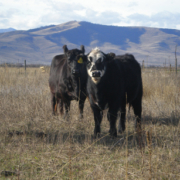
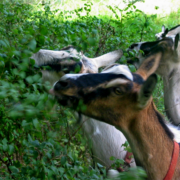

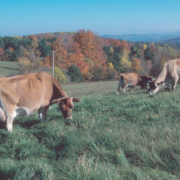
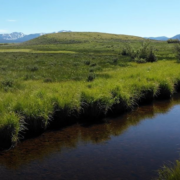
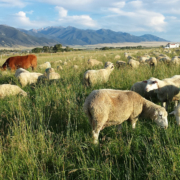
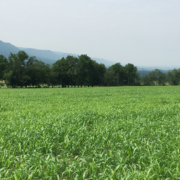
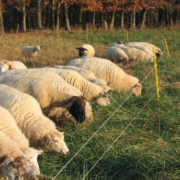
 CanvaPro
CanvaPro
